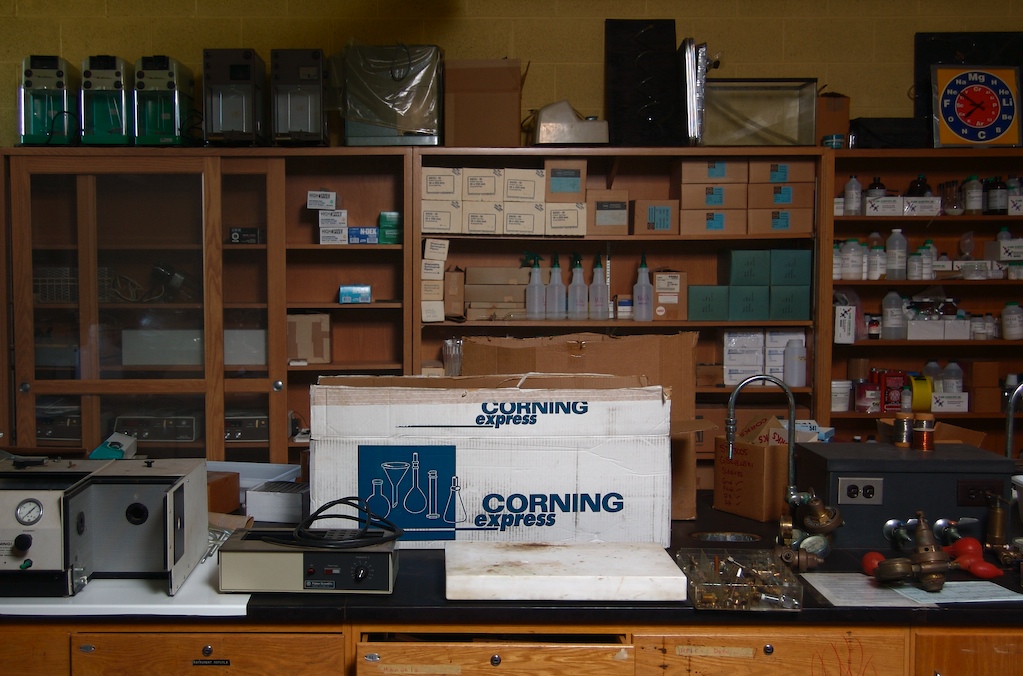
Anthony Lane has a fantastic article on the Leica in this week’s New Yorker.
My grandfather was interested in photography while he was an engineering major at Brown in the 1930’s. He told me once that when he was in college, he dreamed of owning Leica equipment. He had used a variety of glass plate cameras in college and the Leica was the height of prestige and engineering innovation.
When he passed away we had to sort through all of his camera equipment. The glass plate cameras were there. The bellows were full of holes and the wooden frames were warped.
He had two Leica III’s in his collection and a bunch of lenses and accessories that were in retrospect pretty valuable. They survived years in his Los Alamos, New Mexico basement and are still in pretty good shape.
I have wanted to expose and process some black and white film for a while. I keep teaching students how to develop 35mm film and having to apologize that “I shoot mostly digital now” the whole time. I also realized in my last printing demo that I sort of missed the darkroom.
So of course, after reading the article, I pulled out the cameras and picked up some Tri-X.
Of course, I didn’t realize that the 5 cm lens collapses into the body of the camera, and has to get fully extended to work right. So I developed my first roll. I discovered that I am pretty good at guessing an exposure without a meter. However, the images were all circular and out of focus. Like an extremely nearsighted Emmitt Gowin had made them.
I heard my grandfather, in his grave, smacking his forehead in disgrace at my mechanical ineptitude.
Lane also has a great line in the article about Tri-X being one of the least lauded and most important inventions of the 20th Century.
Link
